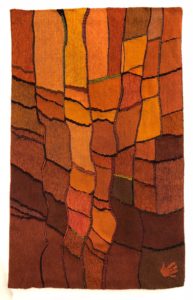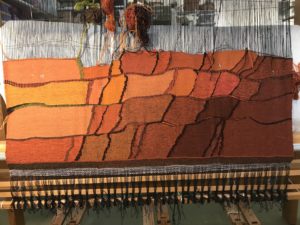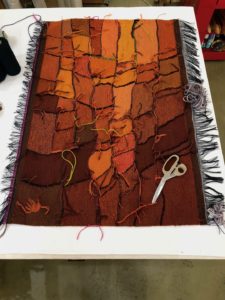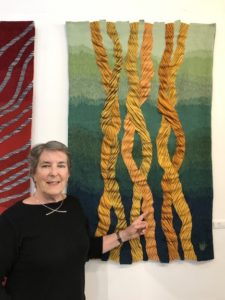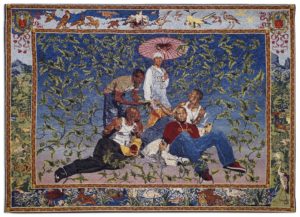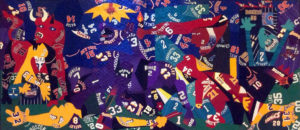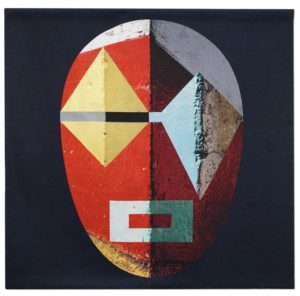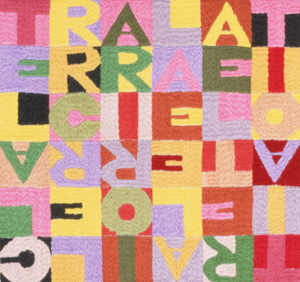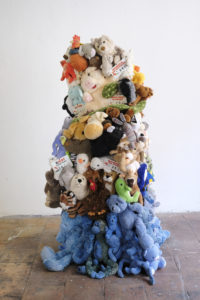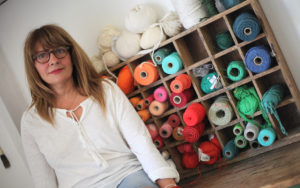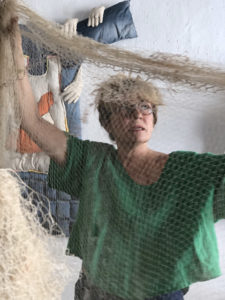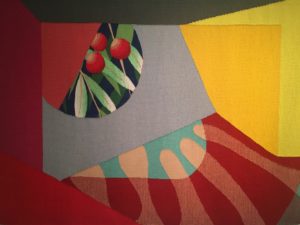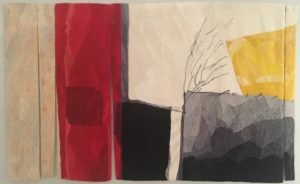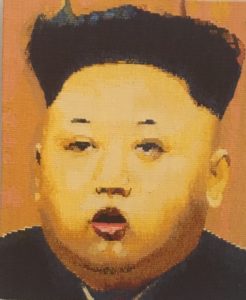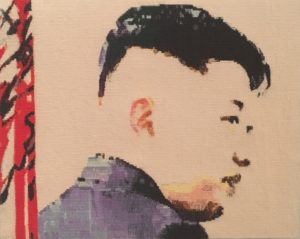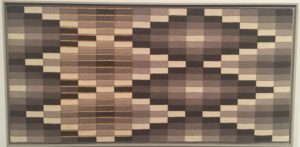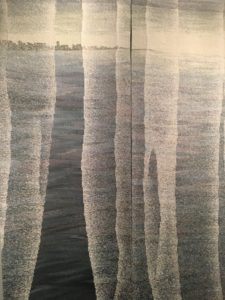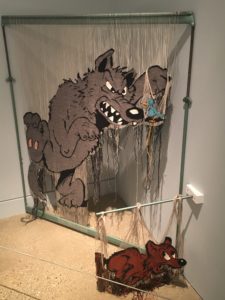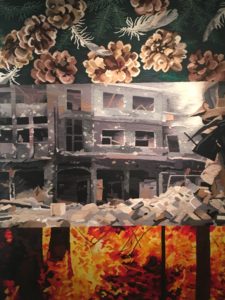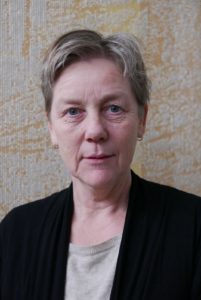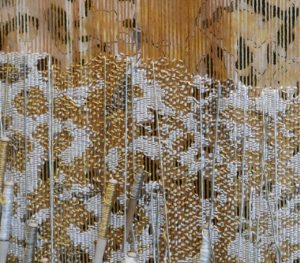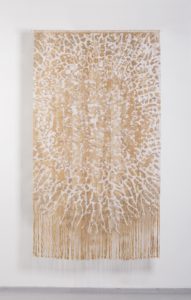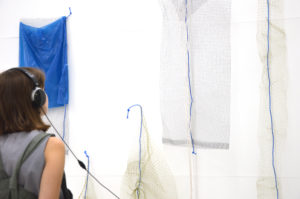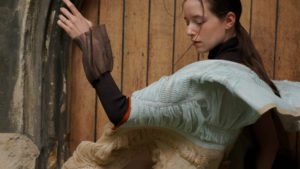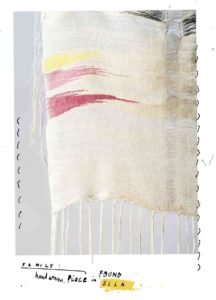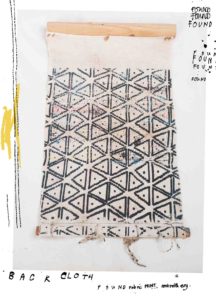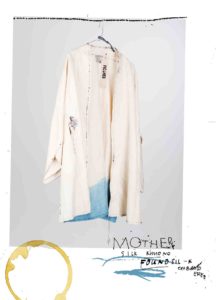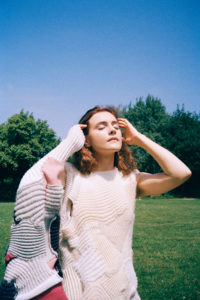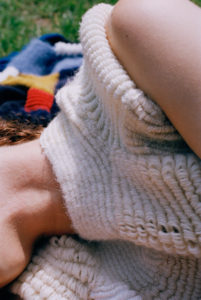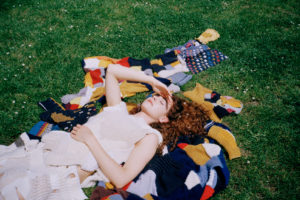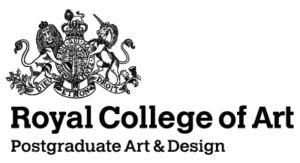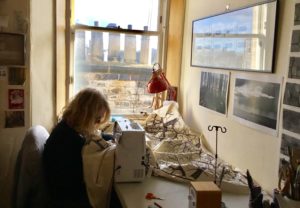May 14, 2018
In
Art, Textile Art
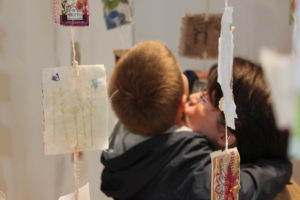
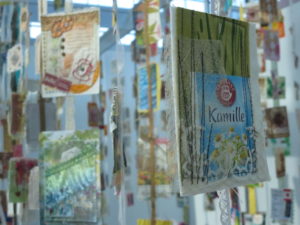
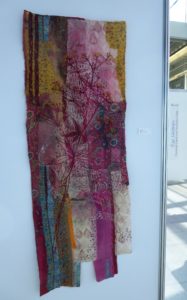
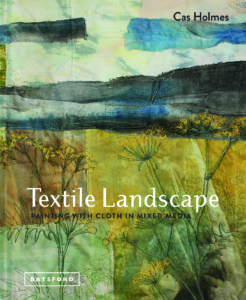
Above from left: Work from Tea Flora Tales recently exhibited in Nadelwelt, Germany. The cover of the upcoming book Textile Landscape: Painting with Cloth in Mixed Media (Batsford)
Cas Holmes has been a textile artist for over thirty years and her work continues to be exhibited and enjoyed around the world. Her pieces grow organically from her sketchbooks where she records things that interest her, such as her local landscape. “I gather cloth, paste, colours, papers and other found materials together and build layers as I would a painting. I then cut and tear into the layers to see what’s underneath. This is then worked with further paint and machine stitching,” she explains.
This inspiring process is detailed in her new book, Textile Landscape: Painting with Cloth, which is her fourth book for Batsford. A series of linked exhibitions are taking place including a one person show at Rochester Art Gallery in 2019. The natural landscape has always been important to Cas and she started Tea Flora Tales, an ongoing community project to support native habitats and wild flowers at the Knitting and Stitching Show in 2012. Supported by the Embroider’s Guild it is now in its sixth year and returns to the Knitting and Stitching Shows in the UK during Autumn.
Cas is also exhibiting at the Festival of Quilts at the NEC Birmingham in August as part of the textile group Art Textiles Made in Britain. Busy times ahead for this inspiring artist.
To find out more about Cas, read her profile page here or visit www.casholmestextiles.co.uk. Textile Landscape: Painting with Cloth in Mixed Media (Batsford) is released in September 2018.



